Picture this: you’re standing in a 40-minute queue just to catch a glimpse of the famous canals of Venice, while thousands of cruise passengers pour onto the same tiny bridges. The smell of fast food mingles with car exhaust as tour guides shout over megaphones in a dozen different languages. Sound familiar? Welcome to Europe in 2025, where some of the continent’s most stunning destinations are literally drowning under the weight of their own popularity.
Barcelona The City Under Siege
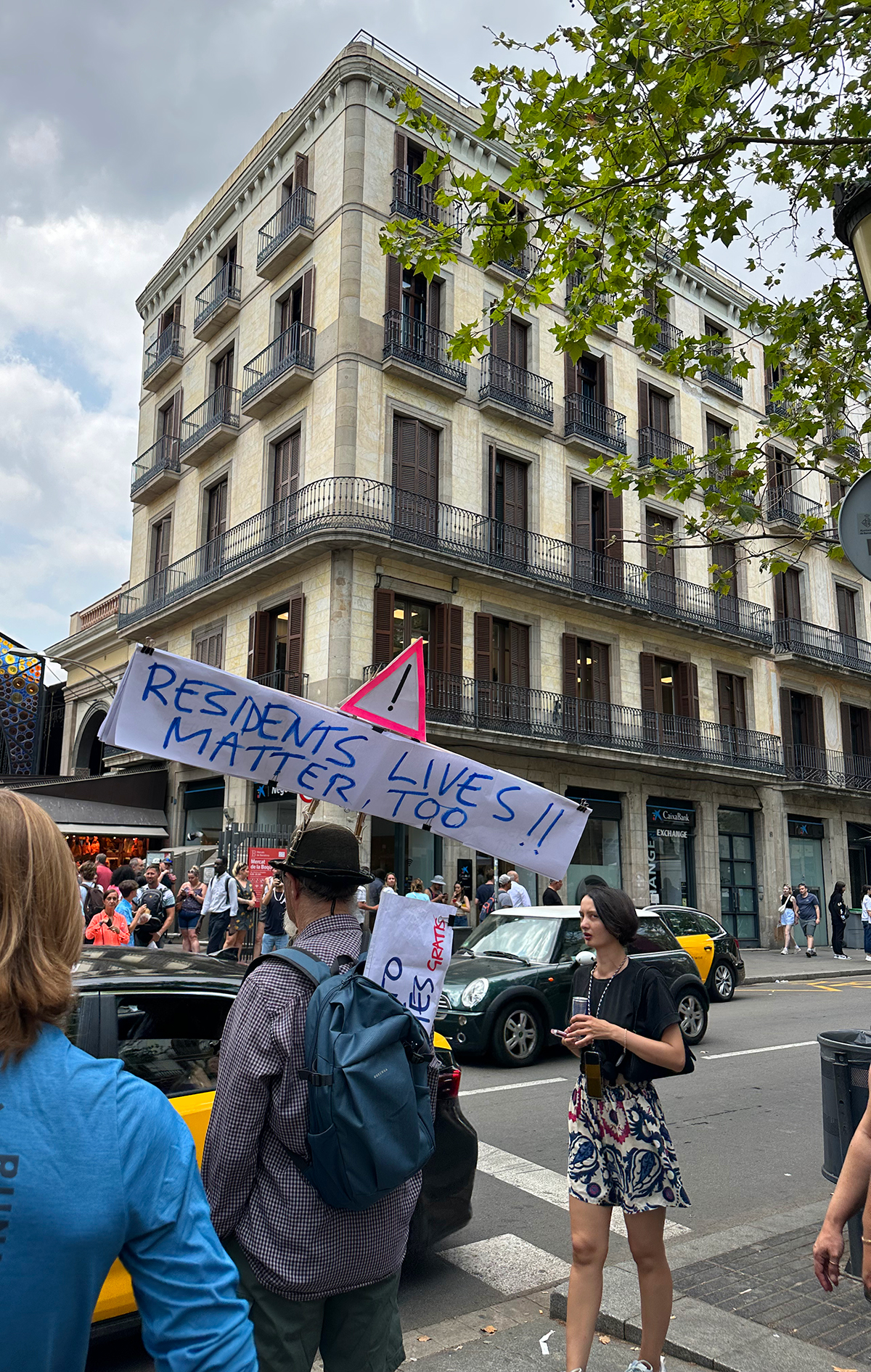
Walking down Las Ramblas in Barcelona feels less like exploring a vibrant Spanish city and more like navigating a human traffic jam. Spain alone saw more than 53 million visitors through July of this year, a 12 percent increase from 2023, and Barcelona is bearing the brunt of this tourism tsunami. Local residents have reached their breaking point, staging protests where frustrated Catalans have literally sprayed tourists with water pistols while chanting “tourists go home.” The city’s response has been dramatic – Barcelona’s mayor said in June that short-term apartment rentals to tourists would be banned by late 2028, and a tourist tax is increasing from 3.25 to 4 euros a night. What makes this particularly heartbreaking is that locals can no longer afford to live in their own neighborhoods, with traditional tapas bars being replaced by tourist traps selling overpriced sangria.
Venice The Floating Museum
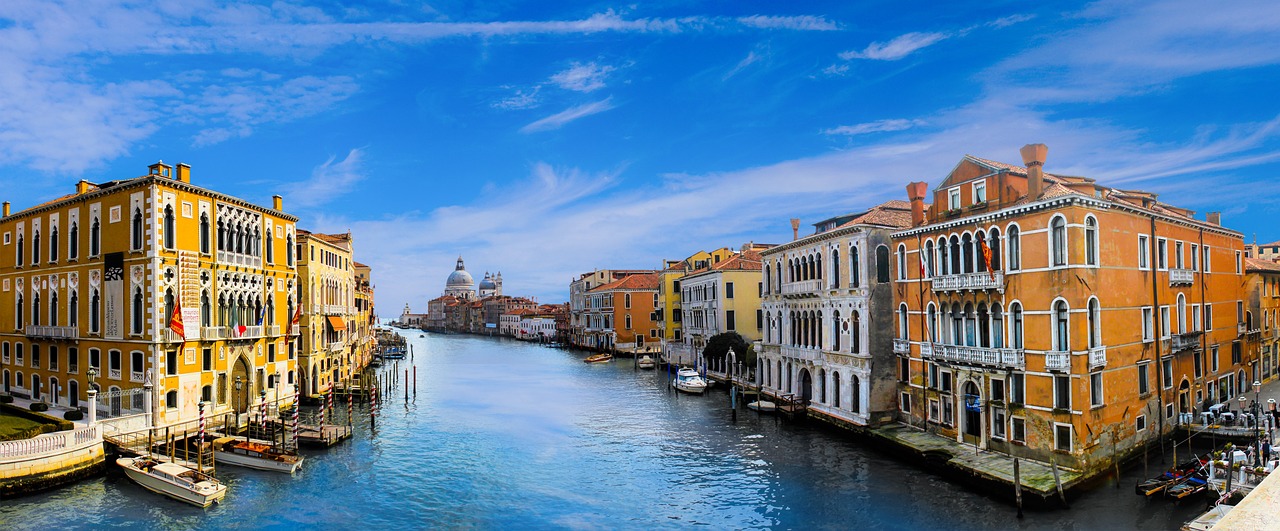
Venice, which saw overnight visitor numbers reach a record of more than 3.5 million last year, trialed a new 5-euro fee for day-trip tourists on certain days between late April and July. But here’s the kicker – this fee barely made a dent in the crowds. Walking through St. Mark’s Square now feels like being trapped in a slow-moving river of selfie sticks and rolling suitcases. The famous gondoliers can barely maneuver through waterways clogged with water taxis and tour boats. Venice is extending its daytripper tax for more days in 2025. Between 18 April and 27 July, day visitors arriving on Friday to Sunday or a public holiday will need to pay €5, rising to €10 if the booking is made less than four days in advance. It can be paid before the trip which will generate a QR code you should keep with you during your visit. The irony? Many visitors say they’d gladly pay more if it actually meant fewer crowds.
Amsterdam The Party Capital That Wants to Stop Partying
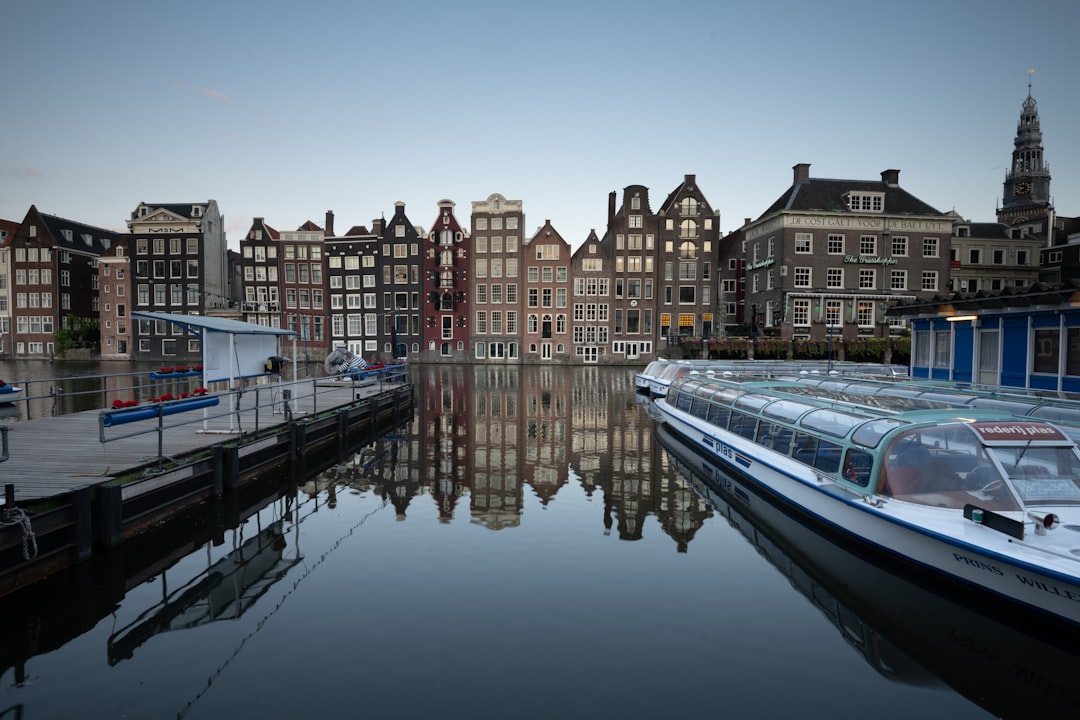
Amsterdam has become synonymous with bachelor parties, cannabis tourism, and rowdy weekend breaks that have locals ready to revolt. The city has implemented more than 75 measures to combat the negative effects of overtourism – from rules to regulate the capacity of B&Bs and vacation rentals to relocating and reducing sea and river cruises and banning coaches in the city centre. They’ve even launched a “Stay Away” campaign specifically targeting young party-goers. One of the ways they’ll do this in 2025 is by continuing to ban the addition of beds in hotels in the city, as well as the ban on the creation of new hotels. They are also bringing forward closing times for more cafes and restaurants and working on spreading out coffee shops across the city. The result? A city desperately trying to reclaim its cultural identity from the hordes of weekend warriors treating it like their personal playground.
Santorini The Instagram Trap
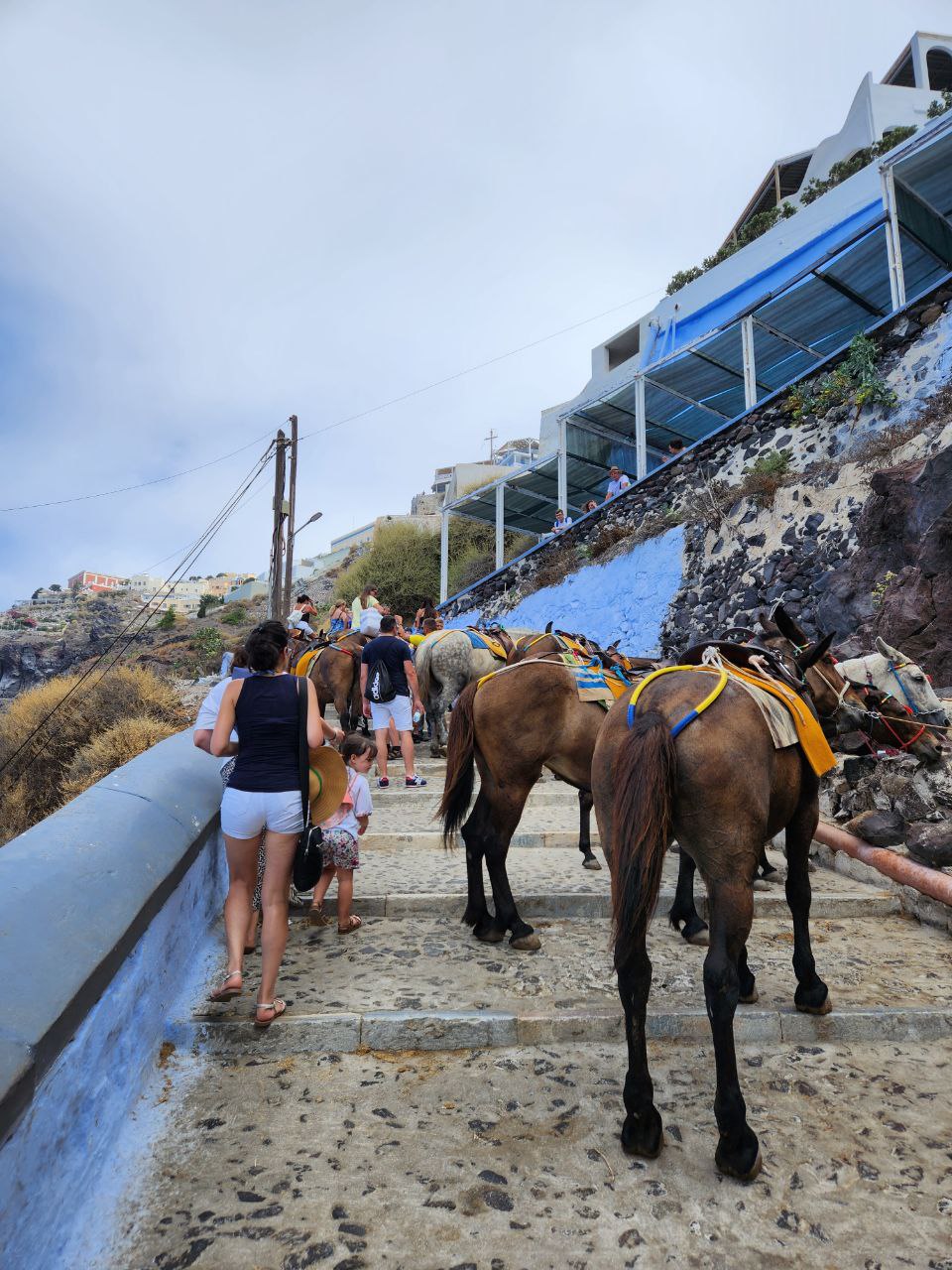
Those iconic blue-domed churches and cliff-side views that flood your Instagram feed? They come at a hefty price for both visitors and locals. The mayor of Santorini, a picturesque island that has been overwhelmed by tourists seeking selfies against a backdrop of white buildings and blue roofs, is recommending a limit of 8,000 cruise ship visitors a day, about half of what the island might see on very busy days. The narrow cobblestone streets of Oia become virtually impassable during sunset hours, when thousands of tourists jostle for that perfect photo. Greece’s prime minister said this month that the country will impose a 20-euro ($22) tax on cruise ship visitors to Santorini and Mykonos during the busiest summer season starting next year. What’s particularly frustrating is that most cruise passengers spend only a few hours on the island, contributing little to the local economy while maxing out the infrastructure.
Dubrovnik The Game of Thrones Curse
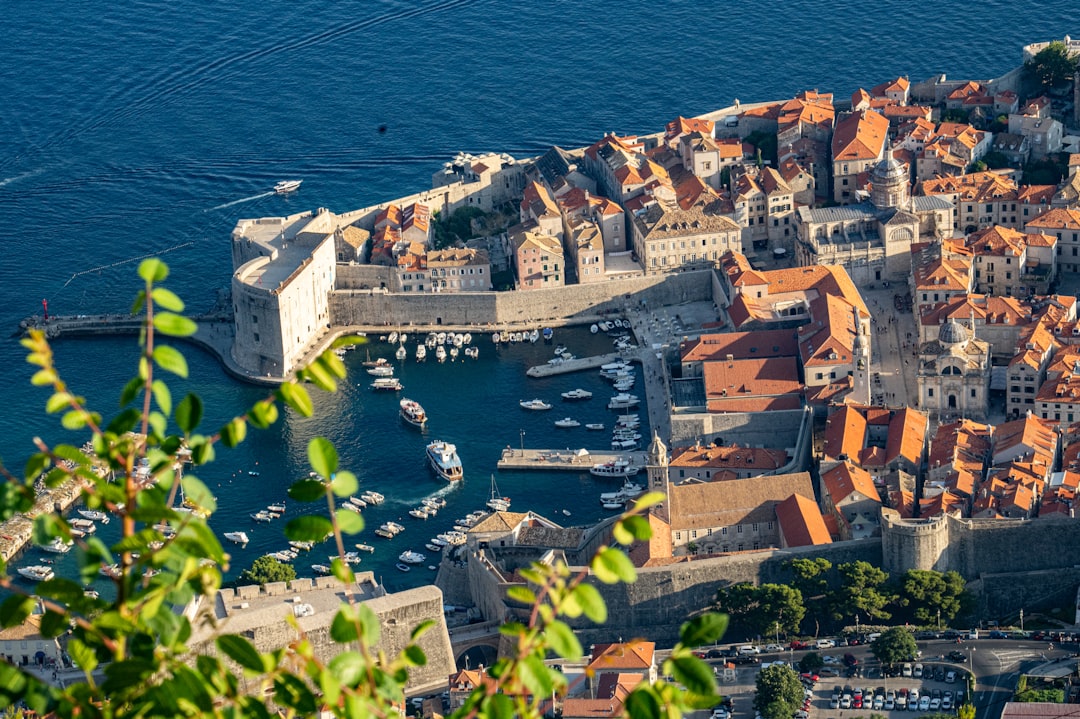
Thanks to its starring role as King’s Landing in Game of Thrones, Dubrovnik has been overwhelmed by fans wanting to walk the same medieval walls as their favorite characters. In 2023, Dubrovnik was the most crowded city in Europe, with 27 tourists per capita – imagine living in a city where you’re outnumbered 27 to 1 by visitors every single day. In 2023, over 4 million tourists crowded the Old Town, pushing residents to their limits. The resulting backlash has included protests and petitions demanding stricter control of cruise ship arrivals, which contribute heavily to the daily influx. The local government has taken steps to cap daily arrivals and encourage tourism during quieter periods. The ancient stone streets that once echoed with centuries of Croatian history now ring with the constant chatter of tour groups and the wheels of countless suitcases.
Lisbon The Gentrification Capital
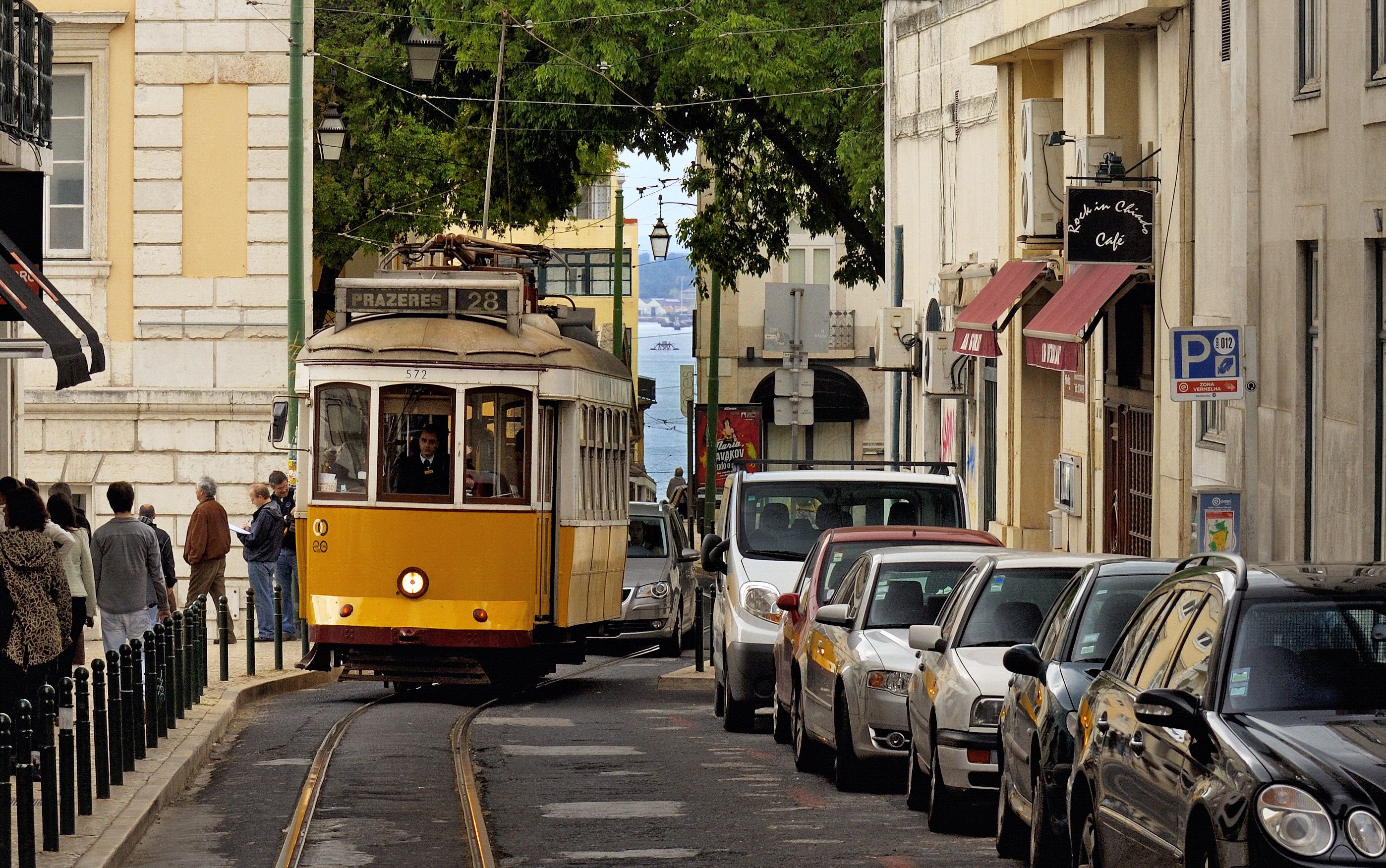
Portugal’s charming capital has seen explosive growth in tourism, with Portugal, which also has struggled with overtourism challenges, saw a 26% increase in arrivals in 2024. The famous Tram 28 has become more of a tourist attraction than actual public transport, leaving locals unable to use their own transportation system. Lisbon announced plans to halve the number of tuk-tuks allowed to ferry tourists though the city and built more parking spaces for them after residents complained that they are blocking traffic. Traditional neighborhoods like Alfama have been transformed into outdoor museums where locals can no longer afford the rent, thanks to the proliferation of short-term rentals. Lisbon city charges €2 per night in tourist tax, but like elsewhere, the fees haven’t stemmed the tide of visitors pricing out residents.
Prague The Budget Backpacker Magnet
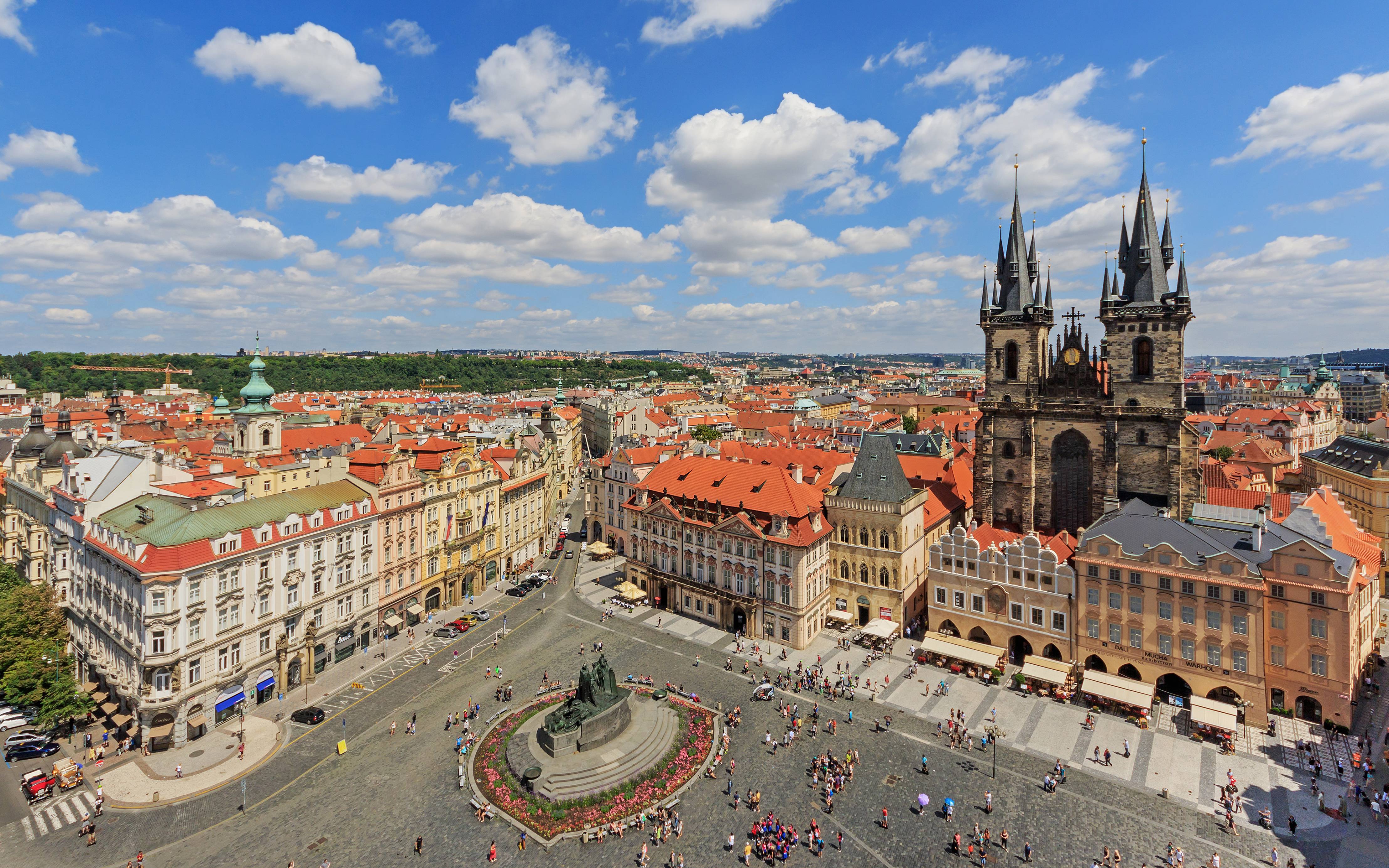
Prague’s fairytale appearance and affordable prices have made it a magnet for budget travelers, but the charm is wearing thin. In August, following the lead of cities like London, Dublin, Amsterdam and Paris, the Czech capital announced it’s planning to limit the amount of short-term tourist accommodation available. Prague’s authorities are hoping that the proposed move will bring down real estate prices – and ensure residents are not forced out by tourists. The famous Old Town Square, once a peaceful gathering place for locals, is now a carnival of beer bikes, street performers, and massive tour groups. What’s particularly heartbreaking is watching elderly Prague residents struggle to navigate their own city center, now dominated by souvenir shops and restaurants with menus in five languages but rarely Czech.
Mallorca The Island That Can’t Breathe
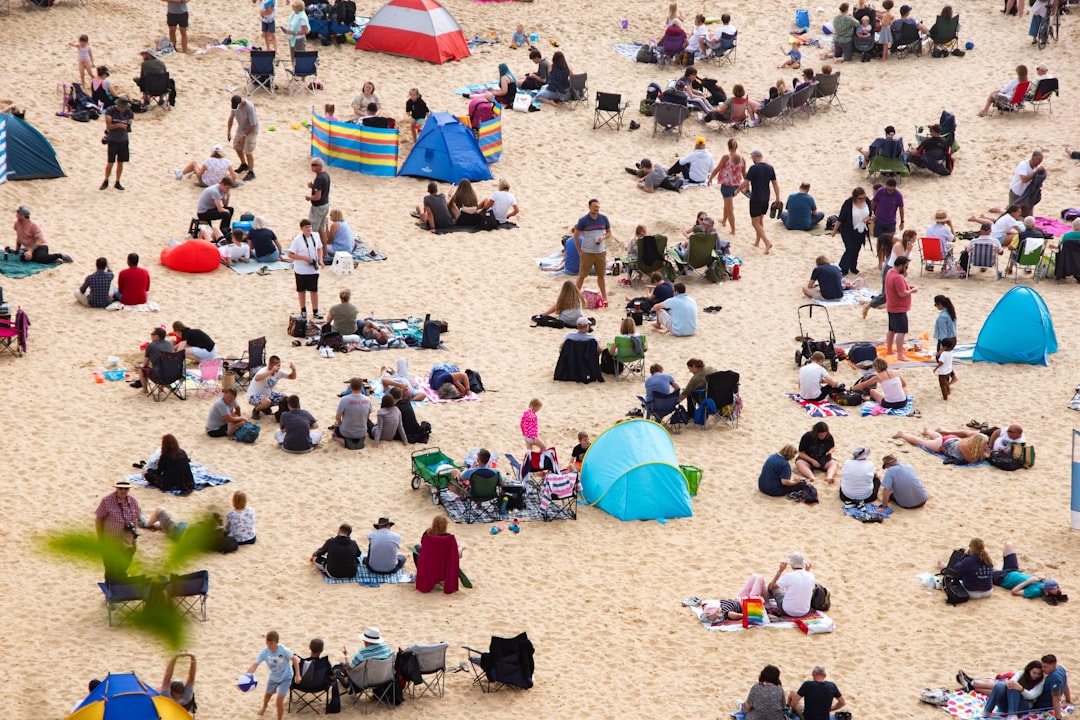
This Balearic paradise has become a cautionary tale of what happens when tourism growth goes unchecked. By 2024, about 1,000 residents of Mallorca lived in their vehicles, as did an unspecified number of Ibiza residents – imagine being forced to live in your car on your own island because tourists have priced you out of housing. The protests here have been particularly intense, with about 10,000 people protested in Palma de Mallorca demanding limits on visitor numbers. The beaches that once provided peaceful escapes for locals are now wall-to-wall with rental umbrellas and tour groups. Even worse, many of the jobs created by tourism pay so little that locals can’t afford to live where they work, creating a vicious cycle where the very people who make tourism possible are driven away.
Athens The Ancient Wonder Under Pressure
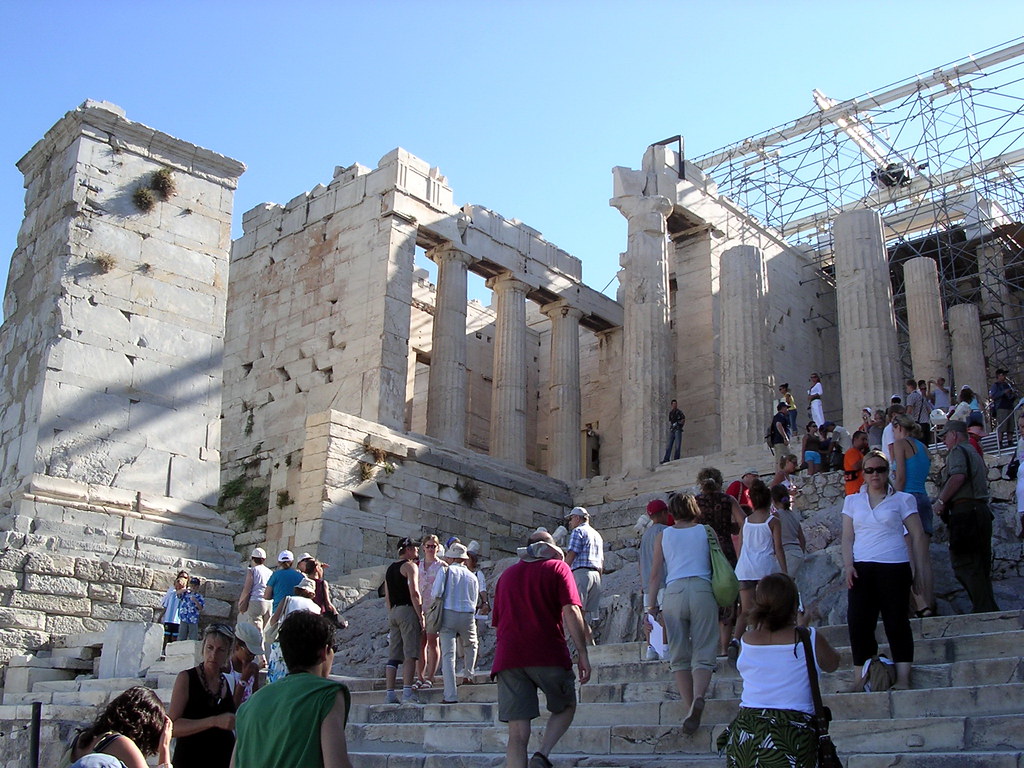
The birthplace of democracy is struggling to balance preserving its ancient treasures with managing massive tourist crowds. The iconic Acropolis in Athens is capped at 20,000 visitors a day, and slots need to be booked in advance to visit, but even with these limits, the experience feels more like visiting a theme park than connecting with ancient history. In fact, the Acropolis, the country’s most visited archaeological site, was so packed that in September officials capped the number of visitors into the ancient landmark at 20,000 per day via an hourly slot system on a booking site. The narrow streets around the Plaka neighborhood are jammed with tour buses, while traditional tavernas are being replaced by souvenir shops selling mass-produced “Greek” items made in China. What’s tragic is that visitors often leave feeling rushed and disappointed, having spent more time in queues than actually experiencing the magic of ancient Athens.
Think about it – these aren’t just statistics or policy debates. We’re talking about real people watching their hometowns transform into open-air theme parks where they’ve become extras in someone else’s vacation photos. As travelers, we have the power to choose differently, to visit during off-peak times, to support local businesses instead of international chains, and to treat these places like the living communities they are rather than Instagram backdrops. The question isn’t whether we should travel – it’s how we can travel better. What kind of traveler do you want to be?





